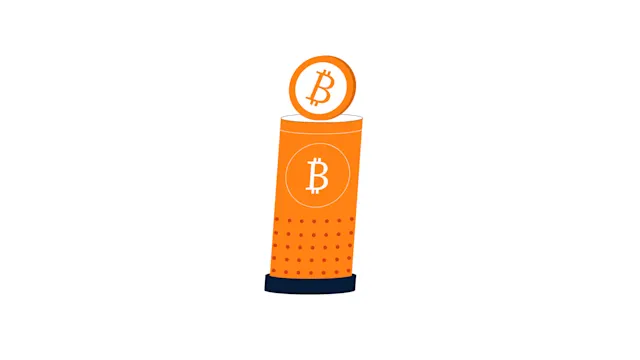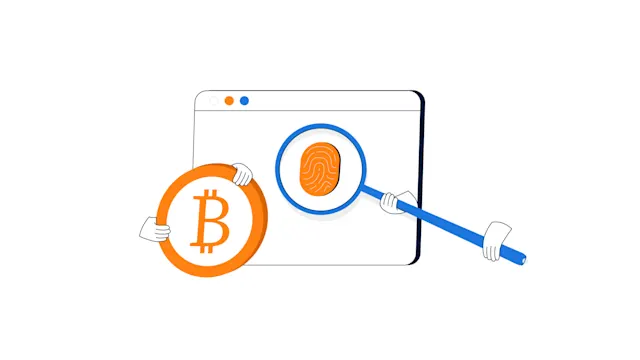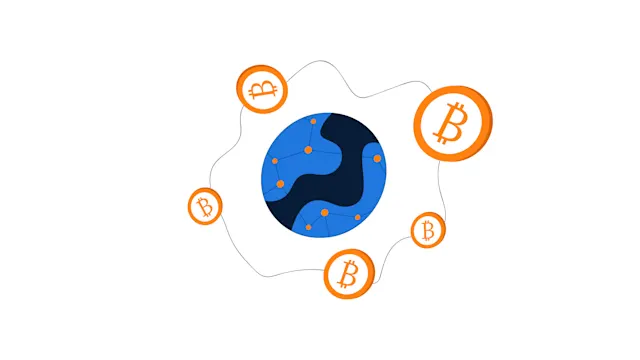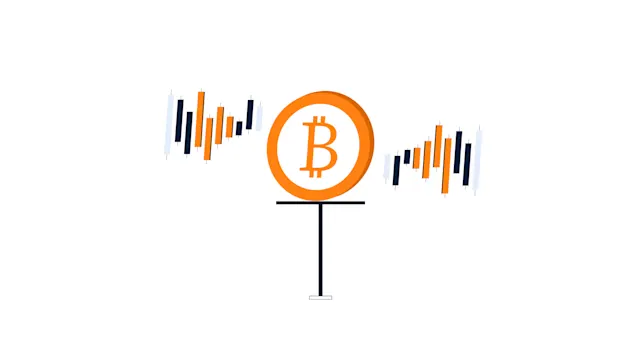
Proof of Work (PoW)
Money can also be looked at as stored energy. This is an important principle to understand, as it is the reason why Satoshi Nakamoto introduced proof of work (POW) mining to the Bitcoin network.
As we discussed in our mining post, work = energy. Everything in our lives requires energy, cooking, transporting, heating, cooling, etc. Money is a representation of work required to generate goods and services. Therefore money can also be looked at as stored energy. This is an important principle to understand, as it is the reason why Satoshi Nakamoto introduced proof of work (POW) mining to the Bitcoin network.
Proof of Work is a consensus algorithm that requires its participants, the Bitcoin miners, to expend energy and computational power in order to lock in batches of new transactions. What PoW mining does is use dedicated machines (ASICs) to convert electricity into Bitcoins. The machine repeatedly performs hash operations until it solves a cryptographic puzzle and receives Bitcoins (block reward). The solution to the puzzle proves that the miner spent energy in the form of ASICs and electricity, a proof that a miner put in work.
PoW is proof of energy spent. This is important because it’s the most simplistic and fair way for the physical world to validate something in the digital world. PoW is about physics, not code. Bitcoin is a commodity minted from energy, the fundamental commodity of the universe. PoW transmutes electricity into Bitcoin, i.e., digital gold.



